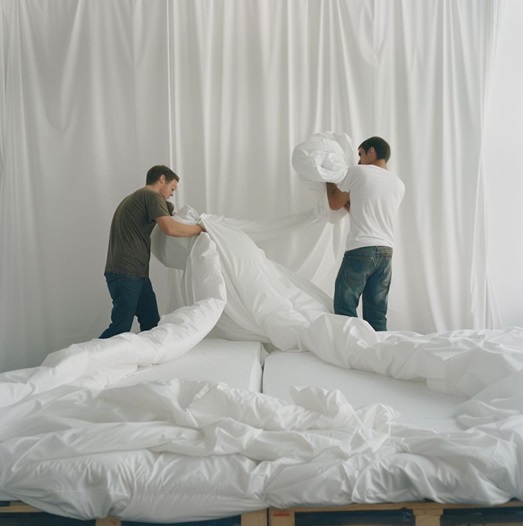Do you scroll through pictures of houses when you can’t sleep? Do you have a keen eye for furniture placement and design? Are you excited by home pictures on Pinterest?
If you answered “yes” to any of these questions, you may be missing out on the career of a lifetime: home staging. Becoming a home stager isn’t as difficult as you may think it is. But, to make it easier, we’ve lined up all the steps that you need to know in order to become a home stager.
To learn more about how to become a home stager, keep reading. It’s time to get a step ahead in your home staging career.
1. Make the Final Decision
Before you jump into a career as a home stager, you need to figure out whether or not this is the right path for you. If you’re reading this article, you’ve shown plenty of interest. However, you need to decide if you have the passion that it takes to do this job every single day.
To make the final decision, you may want to start by staging your friends’ and family members’ homes. You could also dabble in decoration in your own home (if you haven’t done so already).
Getting this regular practice can help your hone your skills before you start getting into clients’ homes.
During this time, you should encourage family and friends to share their opinions of your design techniques online. You can create a business page for them to comment on.
This is also a great time to create any and all social media pages that you may want to run while you’re forming your business. You can work on creating an audience while you’re building up your skills.
Feel free to share before and after photos online through platforms like Instagram, TikTok, and Pinterest. You may even go viral!
2. Consider Getting Home Staging Accreditation
Home staging isn’t a regulated industry. This means that you can become a home stager without getting any kind of accreditation.
However, we highly encourage you to take that extra step. Not only will you learn some things that you never knew, but you’ll also be able to show that accreditation to your clients.
Even though it isn’t required, an official certificate can look good to potential clients who are trying to find a stager for their home.
If you’re unsure of where to start, consider a home staging course. This is a great starting point for anyone who’s looking to get some experience under their belt.
3. Establish Your Business
It’s likely that you may have been completing projects up to this point, but now is the time to make it all official. Once you’ve gotten your optional accreditation, you should officially open your home staging business.
Hopefully, you’ve started opening social media pages and interacting with new followers. You should be posting before and after photos, design tips and tricks, and more.
The best way to bring in clients is through word-of-mouth and social media. So, you should encourage previous clients to share the word with their friends and families. You may also want to ask them to leave a review online so that others can find your business.
All of the stuff that you were doing before has led up to this moment. You can officially call yourself a home stager and take advantage of all of the perks of having your own business.
If you do choose to work with another home stager or a larger company of real estate gurus, you should consider owning your own business in the future. Working with others is great while you’re building your skill, but you may be able to do more on your own.
4. Pricing Your Services
This is one of the toughest parts of having your own business. Pricing is a very personal thing, and it could prevent some people from being able to use your business.
You need to make sure that you’re getting a fair payment for your job while being honest about the value that you’re bringing to the customer.
Oftentimes, home stagers will fluctuate their pricing based on the size of the house, the value of the house, and the price of the investments that they’ll make in decorating the house. Some home stagers have an estimate before staging the home.
While you’re thinking about the pricing for your business, you need to consider how experienced you are. If you have accreditation, you should charge more money. If you just hit your five-year mark, you should charge more money.
Many new home stagers undercut their value because they don’t understand how important their skills are. Don’t make this mistake.
If you have no idea where to start, look at what other stagers in the area are charging. Look at their accreditation and experience and compare it with yours. Consider whether you should be charging more or less based on these factors.
5. Make Friends
If you’re going to become a successful home stager, you need to make friends in the business. By forming these bonds with other people in real estate, you’re going to be able to bring in more clients. On the other hand, you’ll be able to help your friends bring in more clients.
A real estate agent that you met may recommend you for the staging portion of a house sale. You may recommend that agent to a client who’s looking to sell their home.
You shouldn’t feel guilty about making connections, because they’re mutually beneficial.
Learn More About How to Become a Home Stager
You’ve made it. You know how to become a home stager, and you’re ready to take those next steps to build your brand.
If you haven’t yet, you need to open social media pages and form connections with clients and other professionals.
Take time to build your reputation and portfolio. The more experience you have, the better you’ll get and the more you can charge.
To learn more about home staging and similar careers, check out the rest of our blog.












